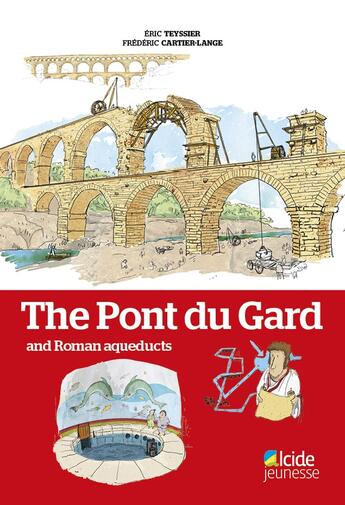-
Date de parution : 05/07/2024
-
Editeur :
Alcide
-
EAN : 9782375911020
-
Série :
(-)
-
Support :
Papier
Résumé:
The Pont du Gard and Roman aqueducts
Aqueducts may well be the most significant works of Roman civilisation. Every city wanted to have abundant water for its fountains, and for the baths that the Romans particularly appreciated. Rome had up to eleven aqueducts! The Nîmes aqueduct, built in the... Voir plus
The Pont du Gard and Roman aqueducts
Aqueducts may well be the most significant works of Roman civilisation. Every city wanted to have abundant water for its fountains, and for the baths that the Romans particularly appreciated. Rome had up to eleven aqueducts! The Nîmes aqueduct, built in the first century AD, is about 50 kilometres long with a slope of 12 metres... amounting to just 25 centimeters per kilometre. The ingenuity and skill of Roman surveyors and architects did not end there.
To cross the gorges of the River Gardon, they had to build the Pont du Gard. How did they achieve this? How many labourers worked on this construction site? How has this work managed to survive for centuries? When did it acquire its name? The historian Éric Teyssier recounts the construction of this unique work, and the technical challenges that had to be overcome. In addition, he depicts every aspect of Roman aqueducts as well as everyday life in this era, in which water played a primordial part
Donner votre avis









